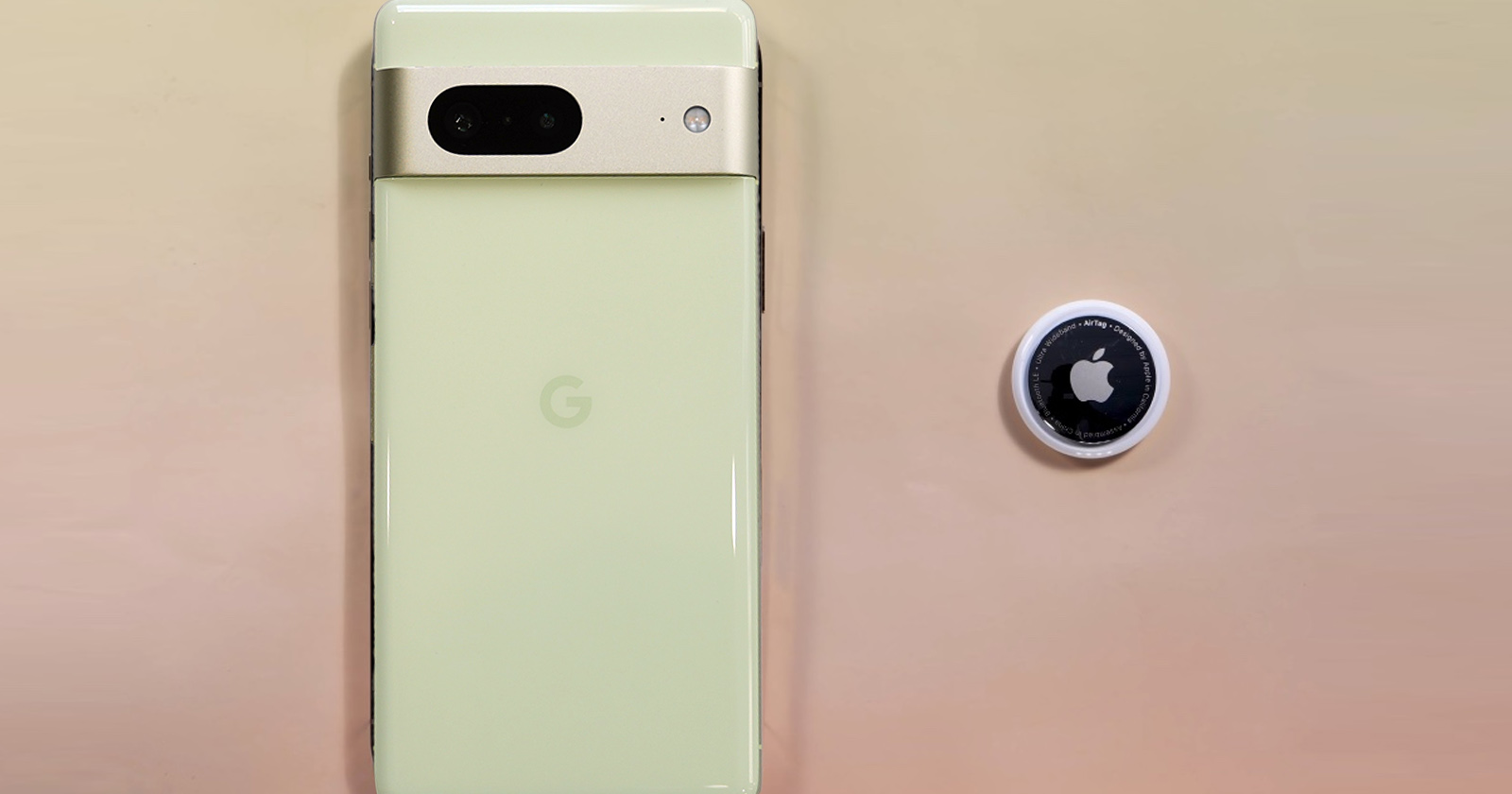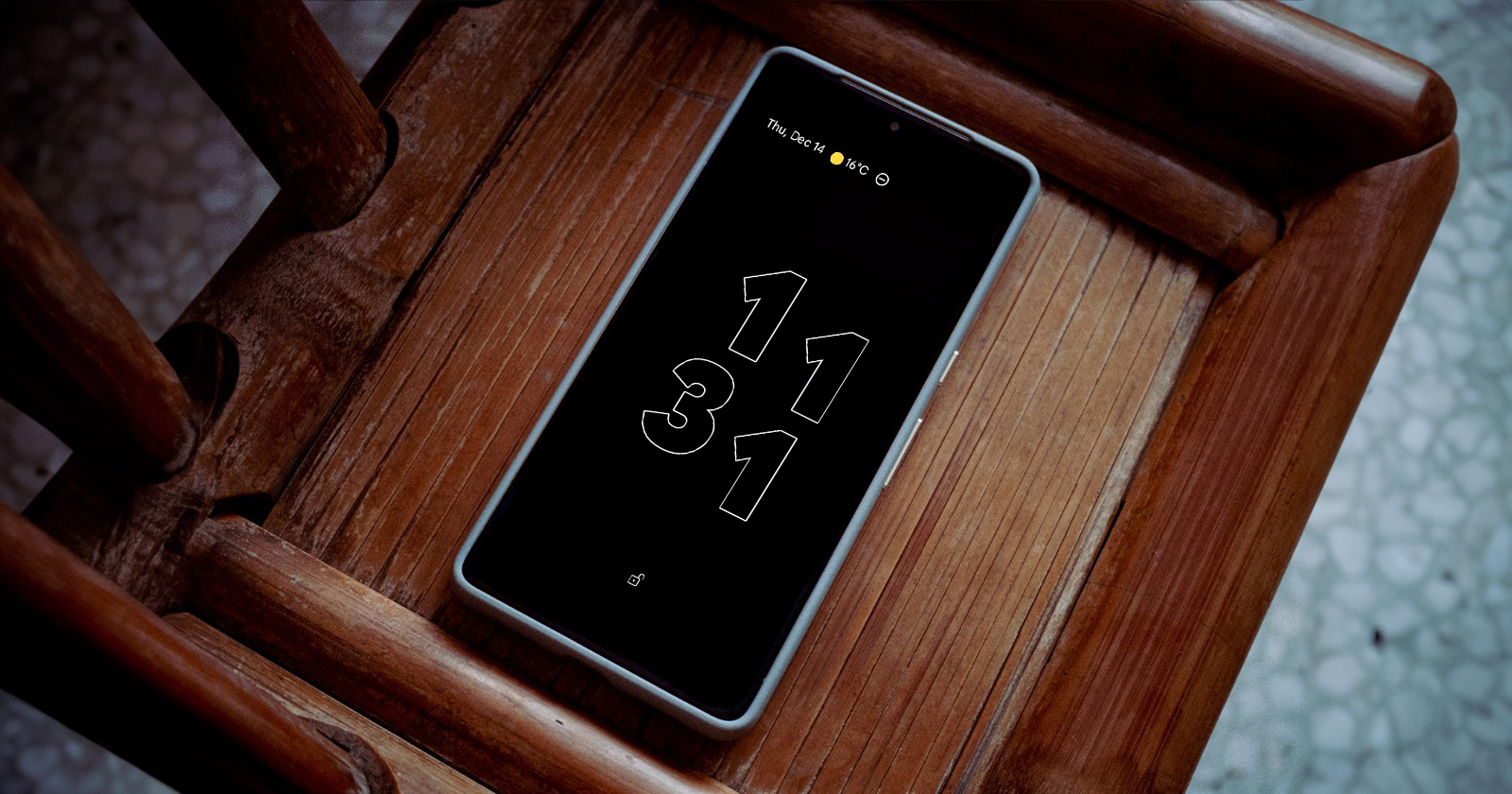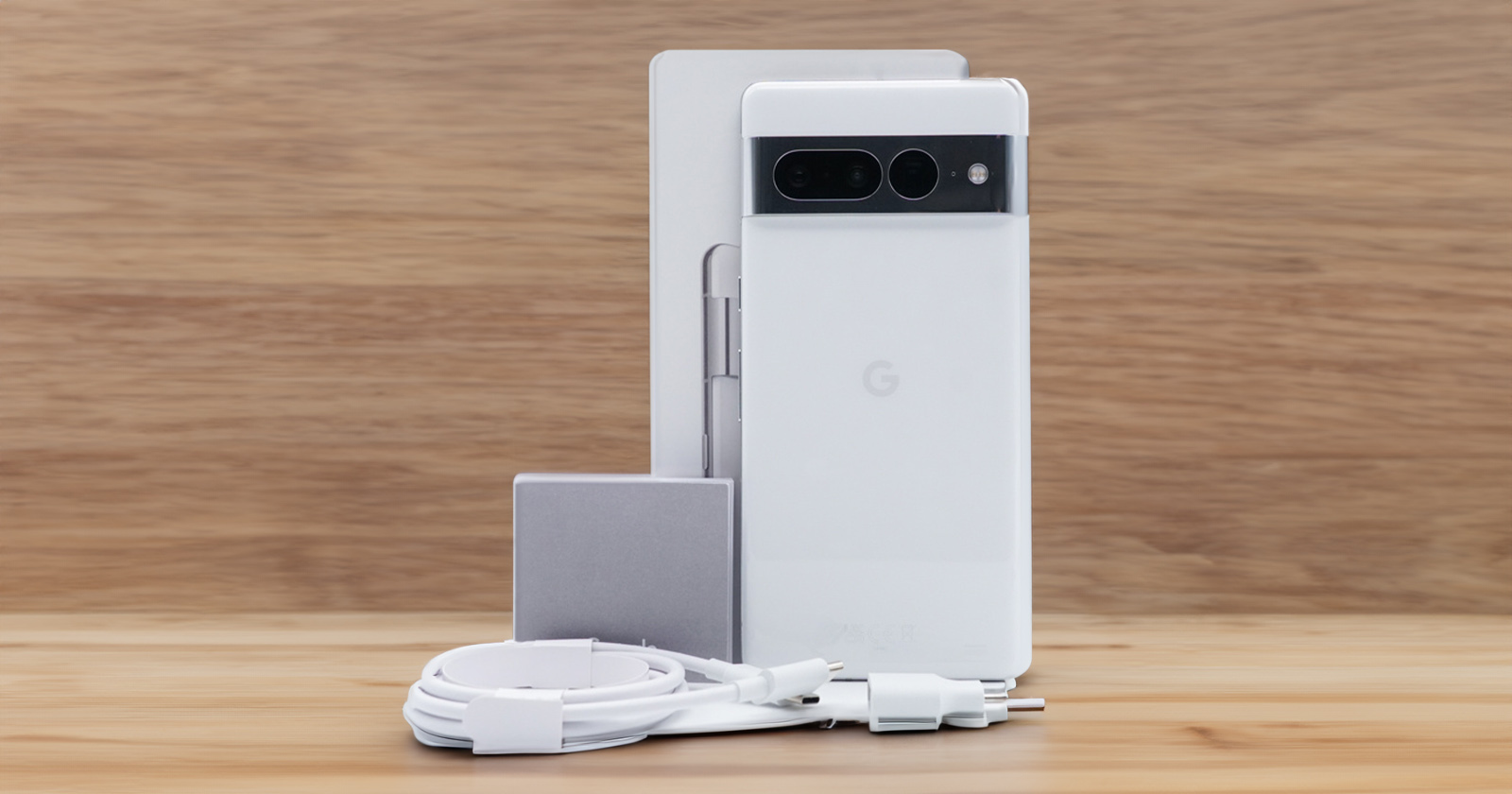In the early days when smartphones were popular, the current USB standard was Micro-USB. This USB standard worked with the USB 2.0 protocol and you could plug the cable into the charging socket on one side. After Micro-USB, which has been in production since 2007, became obsolete for use in today’s smartphones, smartphone manufacturers gradually began to switch to the USB Type-C form. Type-C, which is included in many smartphones launched after 2015, is now used because it supports high data transfer speeds and high-speed charging.
USB Type-C is an ideal choice to increase transfer speeds on smartphones and support peripherals, but today manufacturers are using this technology as a marketing strategy rather than presenting it as an innovation. A smartphone or tablet with USB Type-C that you are considering buying to benefit from the high data transfer speed may still be using the USB 2.0 protocol from the year 2000. We explain the real truth and the methods manufacturers are using to deceive users.
What is the USB Type-C marketing strategy used by manufacturers?
Manufacturers described this innovation as revolutionary when smartphones switched from Micro USB to Type-C and frequently mentioned it in advertising. If you look at the technical specifications of a mid-range smartphone with a USB Type-C port and some flagship smartphones, you will see that the USB 2.0 protocol is used. With USB 2.0 you do not get the full benefit of Type-C, well. you get the same data rate as with Micro USB.
USB Type-C 2.0 has the same data transfer speed as Micro USB and Lightning. The standard and Plus models of the iPhone 15 series, which Apple switched to Type-C, use the USB 2.0 protocol. This move by Apple is perceived as an innovation in the minds of users and makes the released devices more interesting. Apple introduced USB-C 3.1 for the only iPhone 15 Pro models. Type-C 3.1 can reach transfer speeds of 10 Gbps, about 20 times faster than 2.0.
Data transfer speed differences between USB Type-C versions
We have already mentioned that USB-C 2.0 achieves transfer speeds of 480 Mbit/s. USB-C 3.0 offers transfer speeds of 5 Gbit/s, while the 3.1 version reaches up to 10 Gbit/s. The USB-C 3.2 version can reach speeds of 20Gbps. However, there’s one naming confusion you should be wary of. USB-C 3.2 Gen 1 is essentially USB-C 3.0. The name USB-C 3.2 Gen 2 is used for USB-C 3.1. The standard that supports a transfer speed of 20Gbps can be referred to as USB-C 3.2 Gen 2×2. If you want to know what data speeds your smartphone supports, you should take a close look at the smartphone’s technical data on the manufacturer’s website.
Other disadvantages of USB-C 2.0
USB-C 2.0 lacks some functions compared to 3.0 and newer versions. For example, to connect your phone to a monitor, your device must support USB 3.0 or higher. MHL (Mobile High-Definiton Link) technology is a necessary feature for connecting your mobile devices to high-resolution screens and is not supported by USB 2.0. On the other hand, if you use a USB hub on a Type-C device with USB 2.0 protocol, your user experience may be compromised as not enough bandwidth can be provided for more than one device.
Conclusion
To take full advantage of USB Type-C, you need to choose the latest flagship smartphone models and, more importantly, check the technical specifications of the mobile device you are going to buy. If you frequently record video and transfer it to your computer, you should choose smartphones that support USB-C 3.1 and newer protocols.







